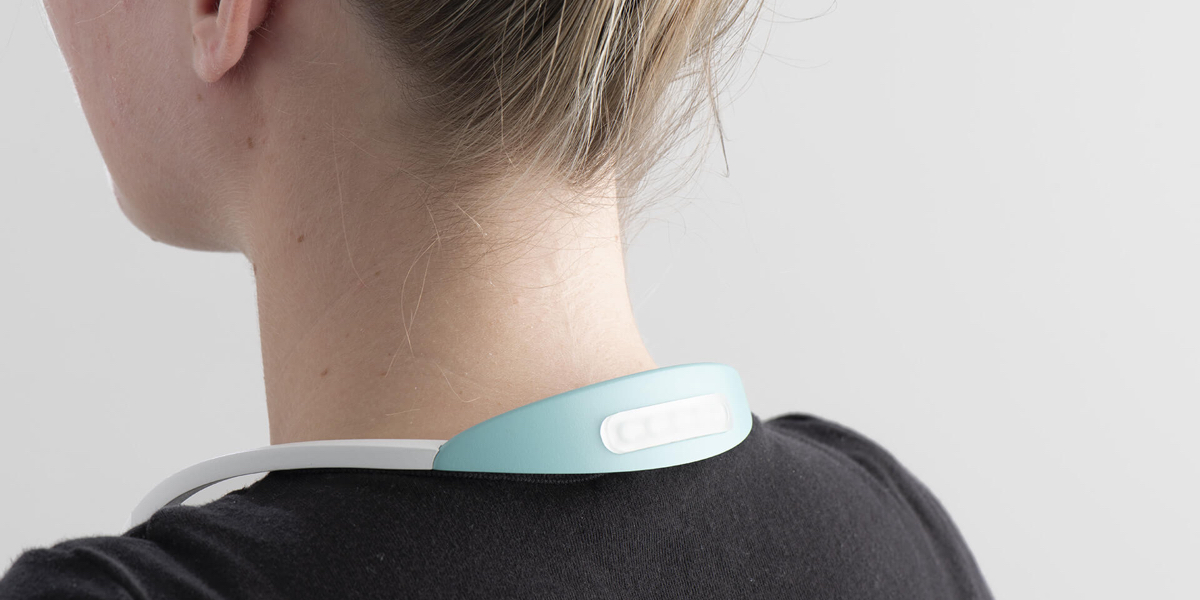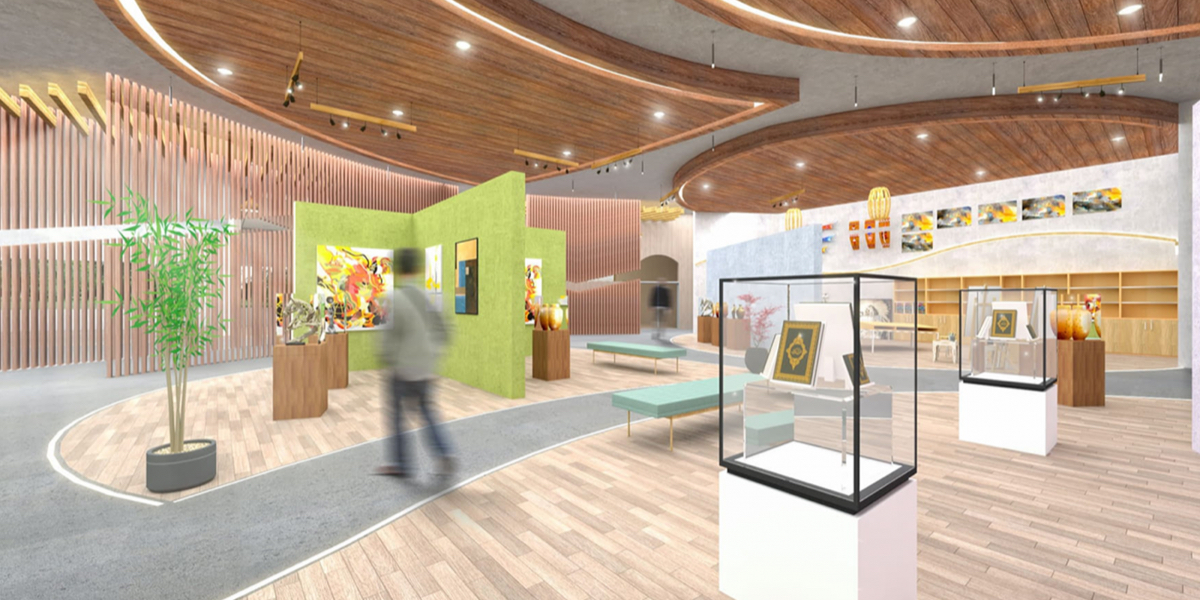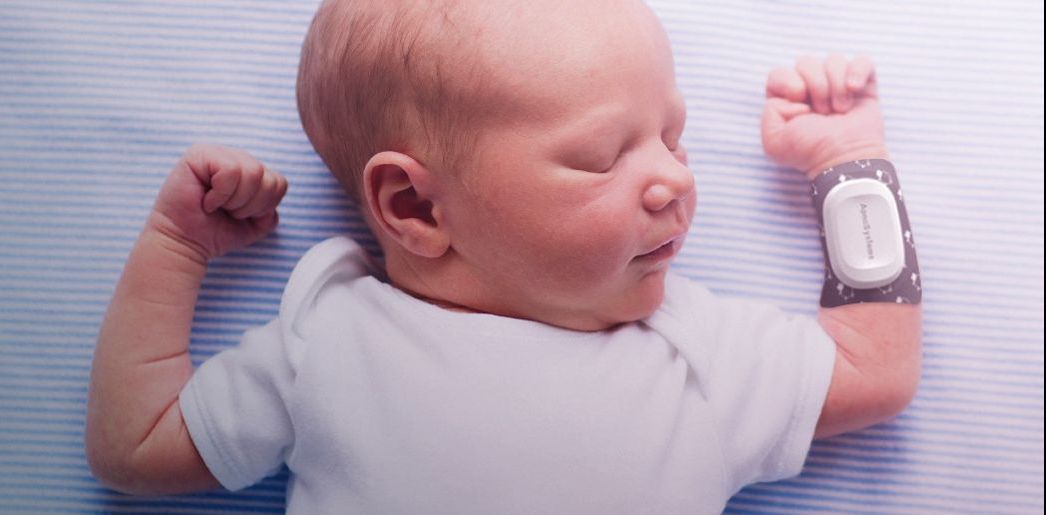AWARD YEAR
2023
CATEGORY
Body
GOALS
Good Health & Well-being, Gender Equality, Peace, Justice & Strong Institutions
KEYWORDS
women empowerment, safety, harassment, Abuse, wearable technology
COUNTRY
United Kingdom
DESIGNED BY
Students of Brunel University, London
WEBSITE
https://www.stirworld.com/see-features-londons-brunel-university-students-propose-wearable-designs-for-women-safety
How can Tiffany & Co. protect and empower women?
A project to help tackle the most common and threatening harassment situations Women face.
How does it work?
Stanley Binns designed a haptic eye movement desensitisation and reprocessing therapy device in a compact mirror form. Haptics therapy translates senses into therapeutic guidance that is tactile to a person. The design hopes to provide a discrete on-the-go therapy solution.
Sophie Lazenby designed a non-violent defence strategy using strobe light patterns. “When activated, the device releases a disorienting flash and strobe light sequence, giving the woman a chance to escape the situation and seek help,”
Wysiana Patricia created the Tiffany shield that uses electromagnetic induction to integrate into bags. The product emits infrared to disrupt any visual recordings taken.
Chloe McCourt’s design of Tiffany Apprise detects the tone of voice and physiological changes and warns a preparator that they are causing distress.
Henry Copeland designed Tiffany Sense as a drug detection cup that will be provided at the venues and alert you if the drink has been spiked.
Why is it needed?
Every year a new study comes out. Every month a new movement is born. Every week a new campaign arises, and every day a new hashtag is made. While all these happen, as per NCBI (National Center for Biotechnology Information), every hour at least two women are raped in India and as per NISVS (The National Intimate Partner and Sexual Violence Survey), an average of 24 people per minute are victims of rape, physical violence or stalking by an intimate partner in the United States. While the world may seem more open to the discussions concerning the issues of abuse and harassment, the facts and figures don’t reflect this influence.
How does it improve life?
While society argues that the world is a safer place and that the opportunities are diverse for all genders, as per WHO statistics, one in three women experiences a form of physical or sexual violence in their lifetime. Amid the rush of conquering all galaxies and gaining clarity on the worlds beyond the light years, mankind seems to be drifting from the course of making the earth a safer place for their own fellow beings. In the process of addressing social issues, the design world and the newest designers in the field are reflecting more responsibility.
Amid the many initiatives from different industries to address women's harassment, the design world seems to be merging wearable design and fashion into functional products. While many new concepts, designs and campaigns take root in the field, the extended question is, “How long before we stop addressing women's safety as an issue that requires solutions but rather a basic case of equal freedom and respect for all gender?”





